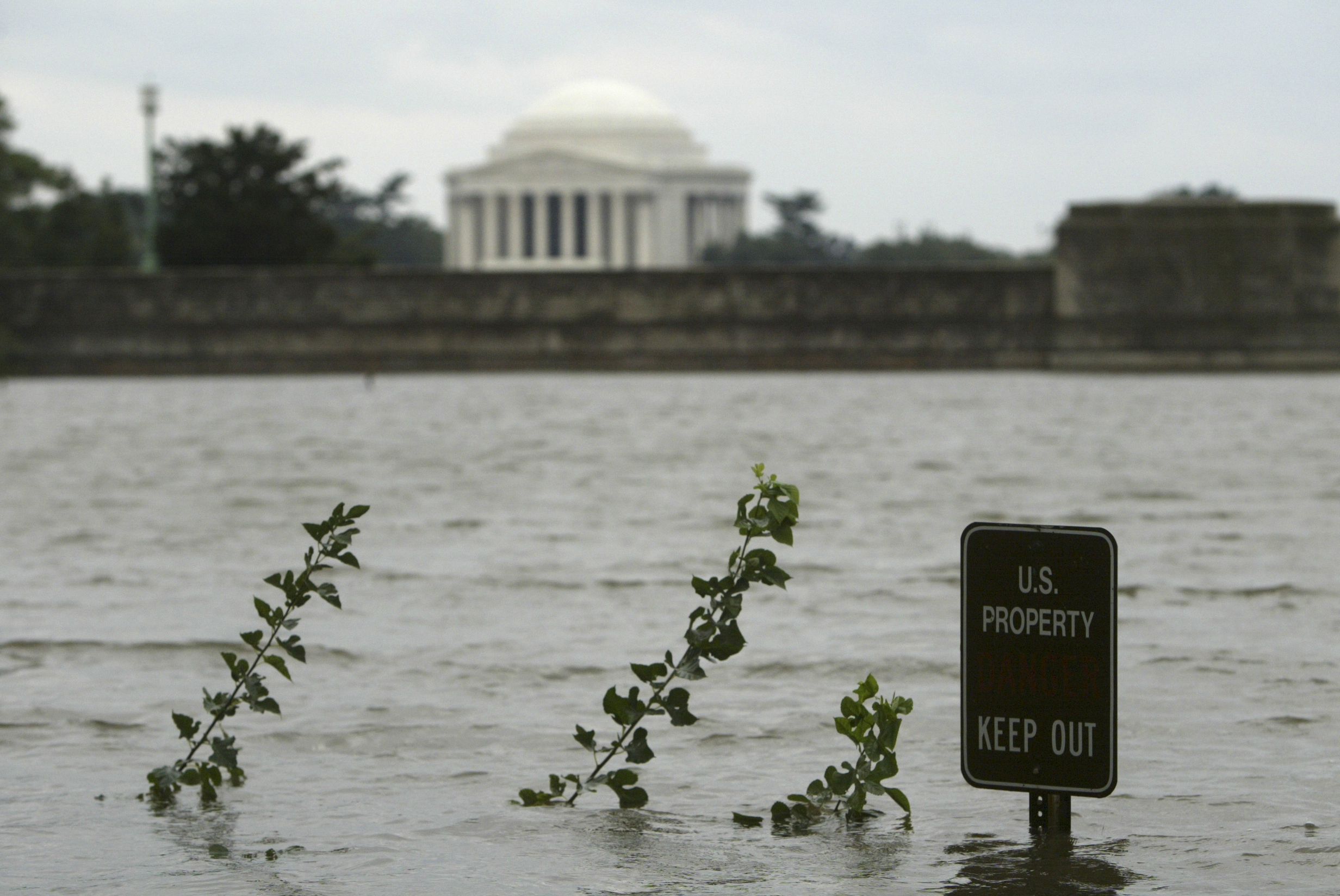WASHINGTON — Turn around, don’t drown.
The number of people who ignore that advice about driving through floodwater, based on the results of a new survey, is “alarming” according to AAA Mid-Atlantic representatives.
In the survey, 41 percent of Virginia respondents admitted driving though water during or after a storm compared to 38 percent of Maryland respondents.
“Foolishness is what it is,” said John B. Townsend, public and government affairs manager for AAA Mid-Atlantic. “We know that if you drive through water it can cause you to lose your life.”
Townsend points out that two motorists were killed in recent Ellicott City, Maryland, flooding. “Half of all flash flood fatalities are vehicle related,” said Townsend.
Maryland and Virginia residents also confessed to what Townsend called an “appalling” lack of emergency preparedness as the busiest part of hurricane season approaches. Just 18 percent of Marylanders — and 19 percent of Virginians — said their storm preparation included a family plan and stocking supplies such as food, water and batteries.
The Public Policy Polling poll was conducted August 19-21, 2016. It has a margin of error of plus-or-minus four percent.
AAA Mid-Atlantic advice to help every citizen be adequately prepared includes:
- Stock emergency supplies — Emergency kits should have flashlights, extra batteries, battery-powered radio, medications, a first-aid kit, blankets, toiletries, diapers, etc. Plan for a week’s worth of nonperishable food and water. Prepare a portable kit to be stored in your car in case you have to evacuate.
- Make a plan — Discuss with family members ways to contact each other, alternative meeting locations, and an out-of-town contact person. Identify a safe room or safest areas in your home. Research evacuation routes. Don’t forget to include plans for pets.
- Secure your home — Trim trees and bushes that could cause damage in high winds. Check roof, windows, down spouts, etc. in case minor repairs are needed.
- Check your vehicle — Make sure your vehicle has a full tank of gas, properly inflated tires and wiper blades that don’t leave streaks. Ensure your vehicle is in good working condition by having a certified mechanic check brakes, fluid levels, air conditioning and belts.
- Take inventory — For insurance purposes, update your home inventory by walking through it with a video camera or smartphone. Keep records of large purchases that include cost, date purchased, model and serial numbers.
- Protect your property — Review your homeowner’s insurance with an insurance agent to determine if you have adequate protection. Discuss deductibles. Be aware that flood insurance is not typically covered under homeowner’s policies. The physical-damage portion of car insurance covers flooding to your automobile.








